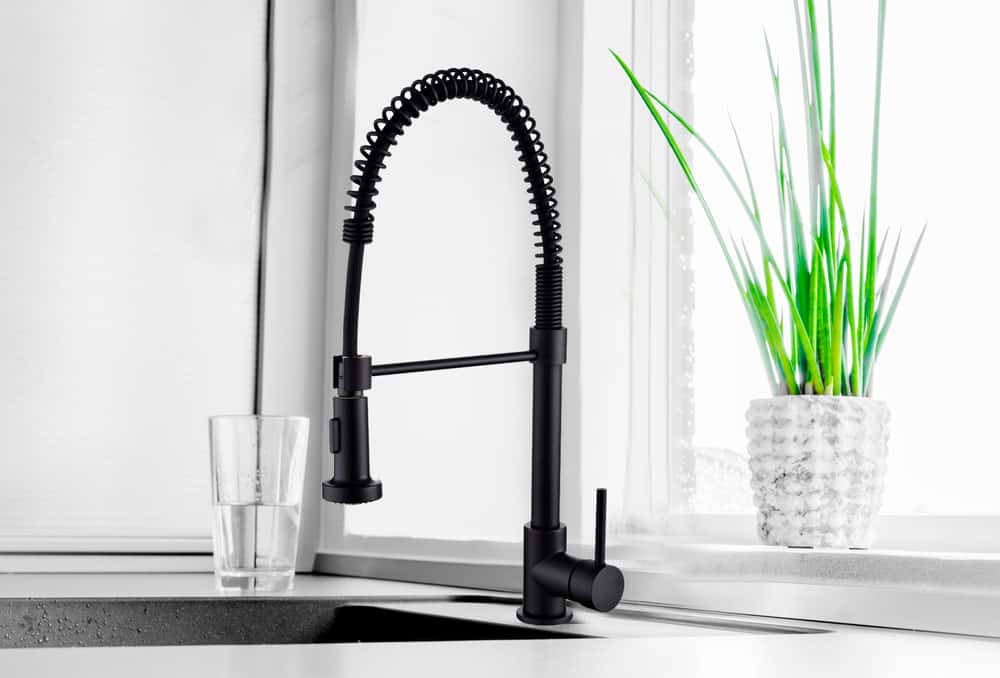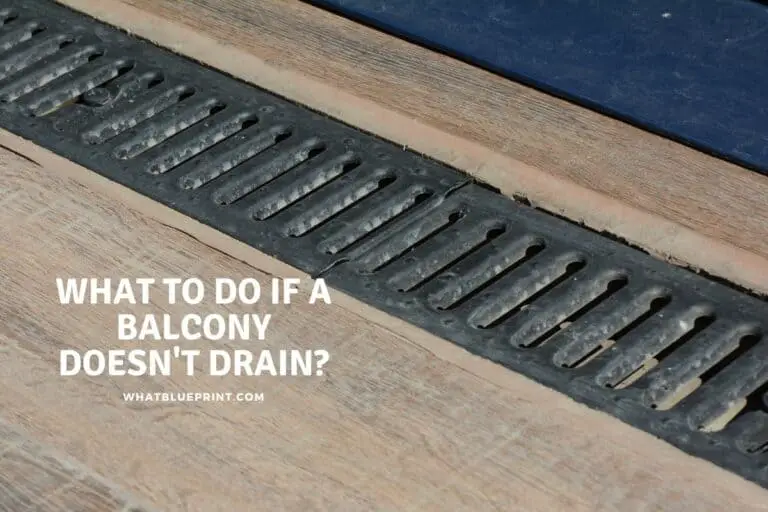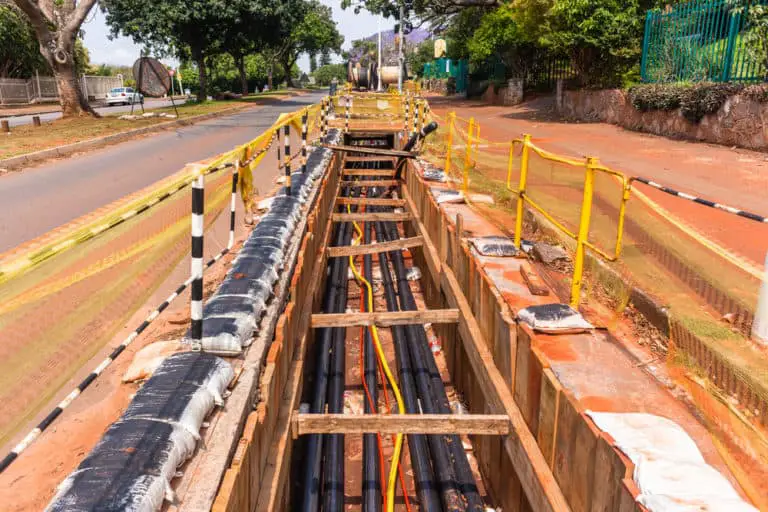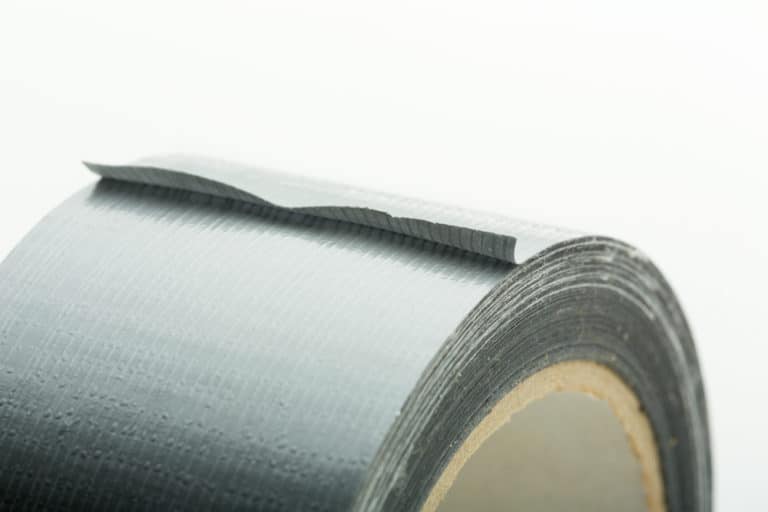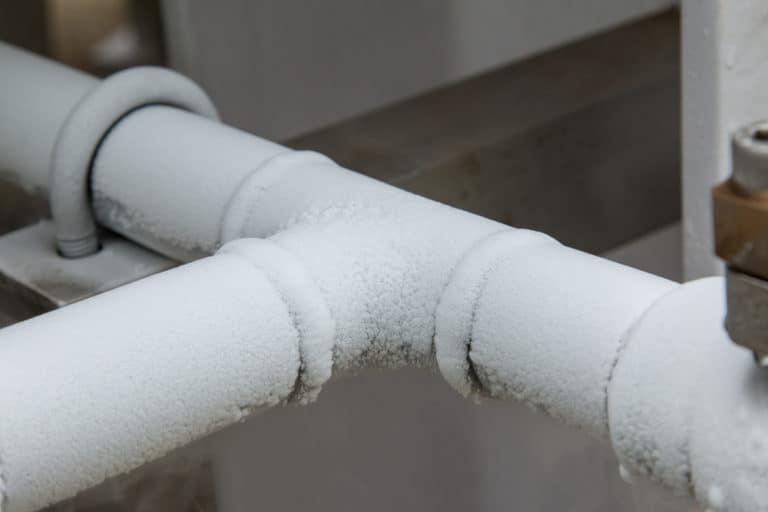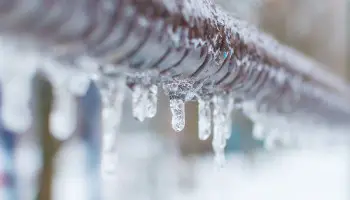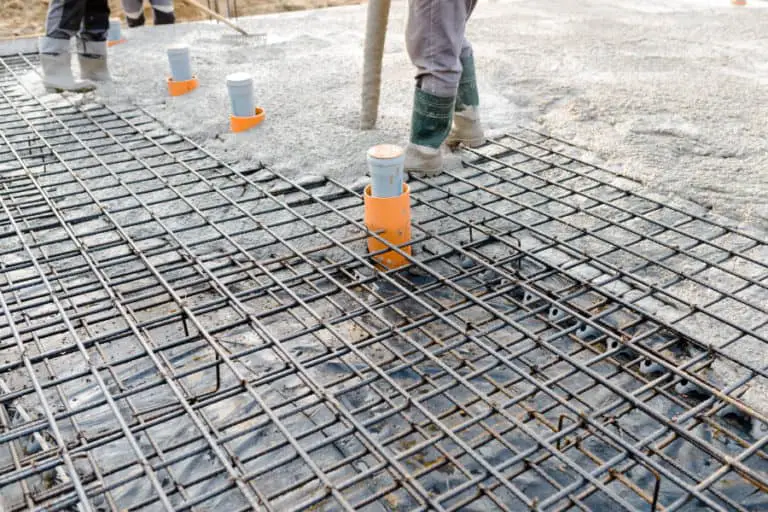Can You Install A Kitchen Faucet Without The Sprayer?
Most modern kitchens are built with sinks designed with faucets that come with sprayers. But what if you don’t like the sprayer? Can you install a kitchen faucet without a sprayer?
Yes, you can install a kitchen faucet without a sprayer by removing the extension line after it’s been disconnected. You can then install a single-handed faucet. You can also use a sinkhole cover to cover the area where you would have installed the sprayer in your kitchen sink.
However, you should also remember that if you don’t connect the sprayer, you’re paying for a feature on your faucet that goes unused, and it is therefore wasting money. So, before you follow the steps to installing a kitchen faucet without the sprayer, ensure that you aren’t putting unnecessary constraints on your budget for used features.
How To Install A Kitchen Faucet Without The Sprayer
First, you will need to remove the old kitchen faucet before installing the new kitchen faucet without the sprayer. If you have a sprayer and don’t want to use it, simply disconnect the extension line and remove it. Then you can install a sing-handed faucet and ignore the sprayer.
The easiest option is to hire a plumber to do the job for you (they’ll charge you between $150 and $250 though). However, if you want to Do-It-Yourself, you can follow these steps to get the job done:
Tools required:
- Bucket
- Towel
- Adjustable wrench
- Basin Wrench
- Supply lines
- Faucet gasket
- Screwdriver
- Penetrating oil
- Faucet plate/sinkhole cover
- New faucet
Step 1: Removing the old faucet
The first thing you need to do before getting started is turn off the main water supply. Then clear up the area around your kitchen sink, getting rid of any junk and unnecessary clutter that could get in the way.
Use a towel and bucket to catch or wipe away all unnecessary spills or leaks throughout the process. Open the faucet and make sure that any excess water has been drained out from the faucet. Then turn off the hot/cold water shut-off valves.
Then use your wrench/pipe wrench to disconnect the faucet supply lines. Once disconnected, remove the supply lines from the faucet, unscrew the mounting nuts with your screwdriver, using penetrating oil to make the job easier for yourself.
You can now remove the old faucet from the sink, and you have cleared the way for your new faucet.
Step 2: Installing Your New Kitchen Faucet
You can use a single-handed facet if you want to install a kitchen faucet without the sprayer. You can start by taking the new faucet and inserting it into the sinkhole. Don’t forget to remove any stripped screws!
Cover any other sinkholes not used by the faucet with a faucet plate/sinkhole cover. Typically, there are three sinkholes that your faucet will use. A fourth one will be available for the sprayer, but you can cover it because you won’t use it, and you don’t want to see a giant gaping hole in your sink every time you do the dishes.
Following this, take the (hot and cold water) faucet supply lines and put them inside the faucet before mounting the faucet into the sink, tightening the nuts with your screwdriver so that it’s securely fastened into place. Connect the water supply lines to the valves. You can use Teflon tapes or silicon to ensure that there aren’t any leaks.
Tighten the nuts using a wrench and ensure that your faucet is secured without any leaks. Then you can turn the main water supply back on before opening the faucet valves. Observe the faucet running to ensure that no leaks are present while water runs through it.
If the water runs undisrupted, the job is finished. If you see any leaks, ensure that the supply lines, the faucet, and the sinkholes are all securely connected until the leaks have been repaired.
Why You May Not Want A Kitchen Faucet With A Sprayer
Now that you know that you can install a kitchen faucet without the sprayer, you may want to take a step back and ask yourself why. You have an additional attachment that many people find helpful for doing the dishes and other tasks you might be conducting in the kitchen sink.
For example, you may find it challenging to wash pans or dishes that take on odd, oblong shapes that prevent them from falling perfectly under the single-handed kitchen faucet. They can be convenient for washing vegetables, but some people just don’t like them.
Most people do not like the aesthetic. They are less concerned with the function and more concerned with the look. They may also not like the sprayer taking up much-needed space. Some people also don’t think they’re necessary and waste water. It is merely a matter of preference.
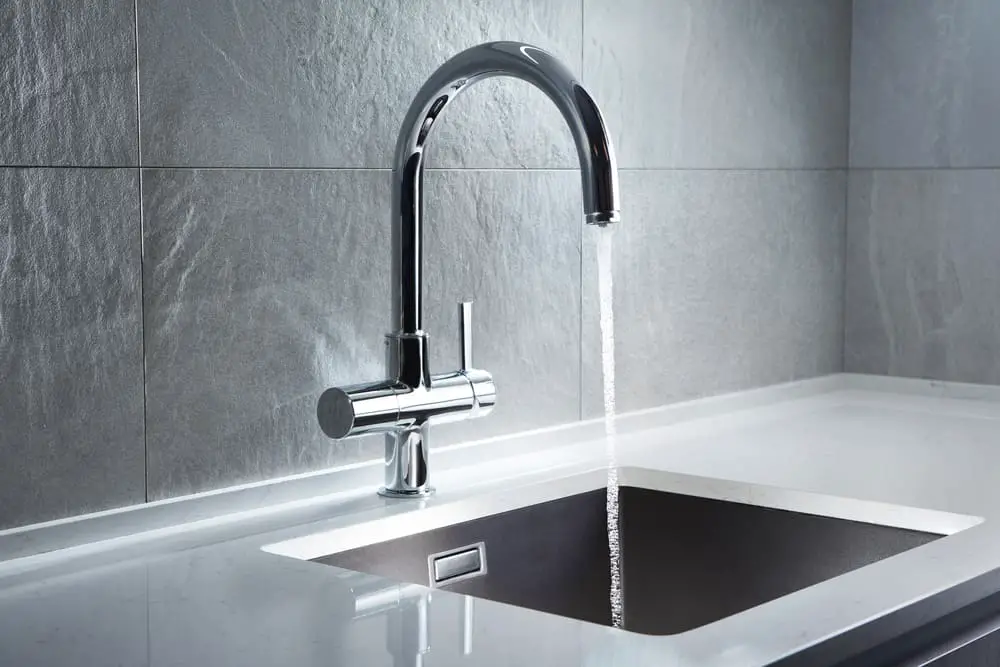
What About Faucets With Pull-Down Spouts?
One alternative to installing a faucet without a sprayer is installing a single-handed faucet that simply has a pull-down spout. In this case, you enjoy the best of both worlds.
You can install a single-handed faucet as detailed above, but the sprout can be pulled down, with a pipe extending further than where a typical faucet’s spout ends. There will be a switch on the pull-down attachment that converts a solid stream of water into a spraying consistency.
The great thing about this is that you get the added functionality that a regular kitchen faucet sprayer provides without making room for a different feature on the sink itself. Plus, they look great!
Conclusion
So, if you want to know whether you can install a kitchen faucet without a sprayer, the simple answer is yes, you can. All you need to do is to remove the old faucet and only install a new one when cutting off any water supply lines that would typically lead to the sprayer.
Then you should cover up the sinkholes where you would install the sprayer. You can also opt for a single-handed kitchen faucet with a pull-down spout for the same functionality as a kitchen faucet with a sprayer without using extra space and disrupting the aesthetic.
Sources
- Do you have to attach the sprayer? Will the faucet function without one? | Amazon
- How To Install A Kitchen Faucet Without Using The Sprayer? [3 Steps To Follow] | Home Arise
- Can you install a kitchen faucet without the sprayer? | Quora
- For sink faucets that have a separate side sprayer, can the faucet be installed without the sprayer? | Quora
- How to replace a kitchen faucet and remove a side sprayer | YouTube (Backyardmech)
- Can You Install A Kitchen Faucet Without The Sprayer? – Solve Your Problem ASAP! | Kitchen Faucet Brand

